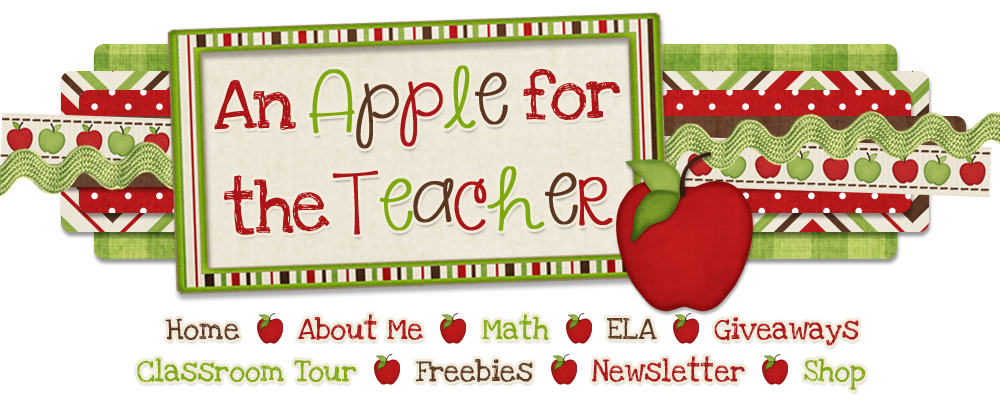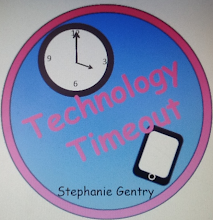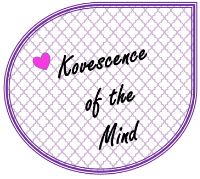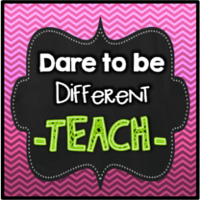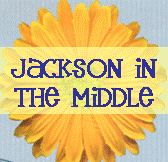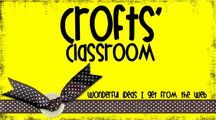It is time for another chapter of "The Together Teacher" in our book study. Today it is time for chapter 9 which is all about taming your email. Our hostess this week is Sara from Dare to Be Different - Teach.
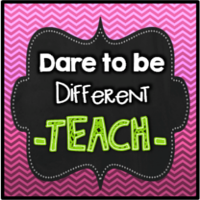
If you have missed my previous posts from this book study you can find them below:
Chapter 8
Chapter 6
Chapter 5
Chapter 4
Chapter 3
Chapter 2
Chapter 1
I think this chapter of The Together Teacher was written just for me! Why do I say that? Because at this very moment my email inbox has 3,885 emails in there! Beastly just a bit don't you think??
According to Maia, email is not the enemy, bit it certainly can become out of control when your in-box is full of hidden to-do's that are not accounted for in your Together Teacher System, which means they are in danger of not getting done.
Many of us spend way too much time scrolling through our in-boxes, re-reading messages trying to determine what to do with them with no real system.

Intervention Time - Declare Email Bankruptcy
If you are anything like me, it is time to stage an intervention! The goal is to get our in-boxes as cleared as possible. Maia has a few tips for getting there:
1. Limit your total number of email accounts. (I do pretty well with this, I have 2 - one for work and one for home).
2. Unsubscribe - you know all those newsletters you really don't read anyway.
3. Sync it up. If you have a smartphone, you should sync up with emails so that you can delete when you have downtime.
4. Get friendly with the delete button Make your life simpler by getting rid of the clutter.
5. Email Bankruptcy - Just like ripping off a band-aid, get rid of all of your emails at once, then start using the strategies for keeping it maintained.
Setting Up Your In-Box For Success
1. Create Folders for Filing- Maia provides a few folder ideas including:
* Follow Up
* Projects
* Meetings
* Administrative
*Processed
* Other - (If you have other functions such as PTA, department chair, etc. I have a Twitter and TpT file set up)
2. Admit you have a problem - Create Better E-mail Habits - This is probably my biggest weakness. When I don't want to get things done, I often revert to checking my email. Maia suggests checking your email only a few times per day, and scheduling WHEN you will check it.
3. How to Check E-Mail
Use the STAR methid
S- Scan
T - Trash
A- Archive
R - Respond
How has this chapter helped you tame your email beast??
If you are following along with us, be sure to add your link to the linky below.
Don't forget to visit next week's host, Ellie from Middle School Math Moments for Chapter 10 which is all about setting up your classroom for success!
According to Maia, email is not the enemy, bit it certainly can become out of control when your in-box is full of hidden to-do's that are not accounted for in your Together Teacher System, which means they are in danger of not getting done.
Many of us spend way too much time scrolling through our in-boxes, re-reading messages trying to determine what to do with them with no real system.

Intervention Time - Declare Email Bankruptcy
If you are anything like me, it is time to stage an intervention! The goal is to get our in-boxes as cleared as possible. Maia has a few tips for getting there:
1. Limit your total number of email accounts. (I do pretty well with this, I have 2 - one for work and one for home).
2. Unsubscribe - you know all those newsletters you really don't read anyway.
3. Sync it up. If you have a smartphone, you should sync up with emails so that you can delete when you have downtime.
4. Get friendly with the delete button Make your life simpler by getting rid of the clutter.
5. Email Bankruptcy - Just like ripping off a band-aid, get rid of all of your emails at once, then start using the strategies for keeping it maintained.
Setting Up Your In-Box For Success
1. Create Folders for Filing- Maia provides a few folder ideas including:
* Follow Up
* Projects
* Meetings
* Administrative
*Processed
* Other - (If you have other functions such as PTA, department chair, etc. I have a Twitter and TpT file set up)
2. Admit you have a problem - Create Better E-mail Habits - This is probably my biggest weakness. When I don't want to get things done, I often revert to checking my email. Maia suggests checking your email only a few times per day, and scheduling WHEN you will check it.
3. How to Check E-Mail
Use the STAR methid
S- Scan
T - Trash
A- Archive
R - Respond
How has this chapter helped you tame your email beast??
If you are following along with us, be sure to add your link to the linky below.
Don't forget to visit next week's host, Ellie from Middle School Math Moments for Chapter 10 which is all about setting up your classroom for success!
